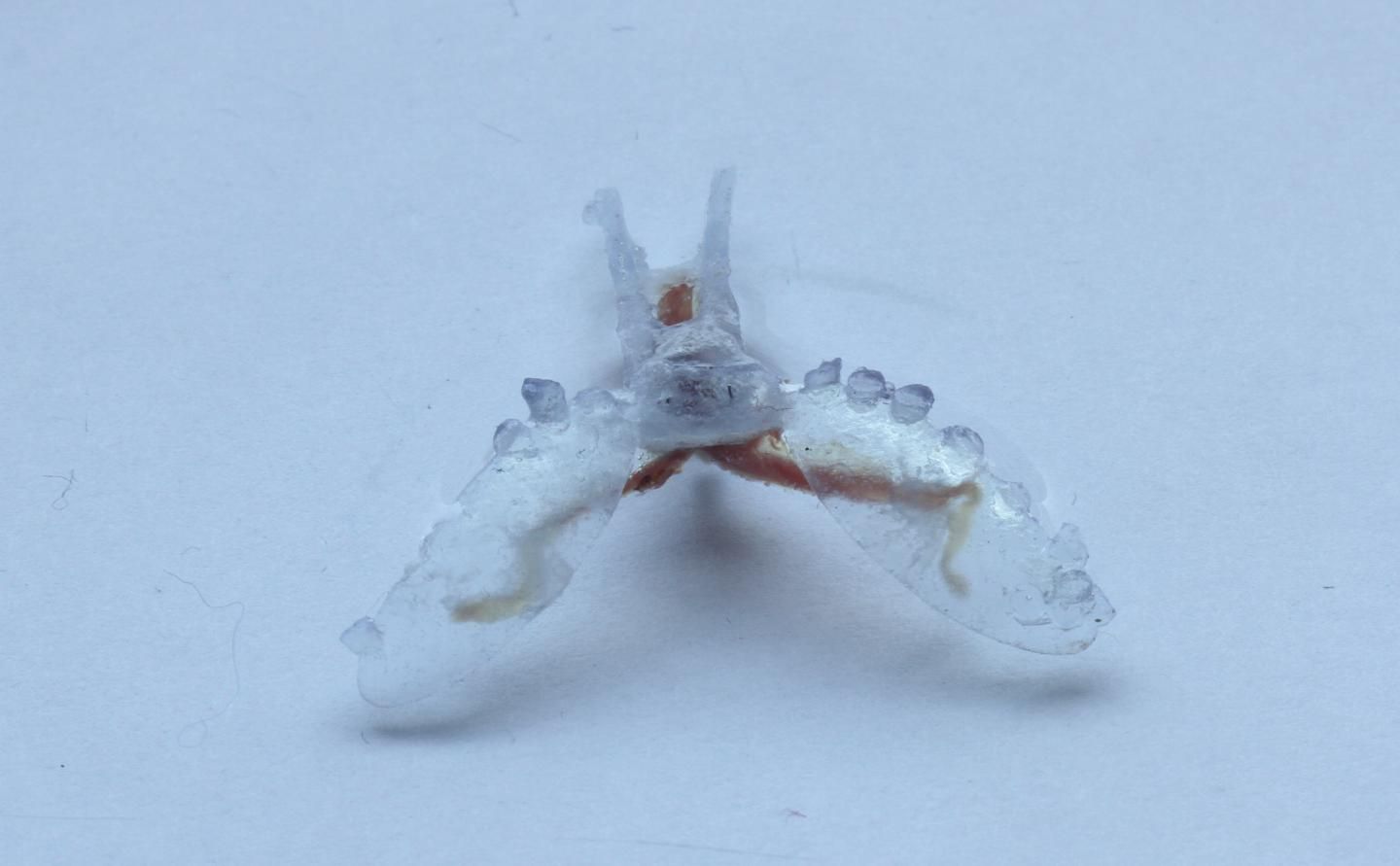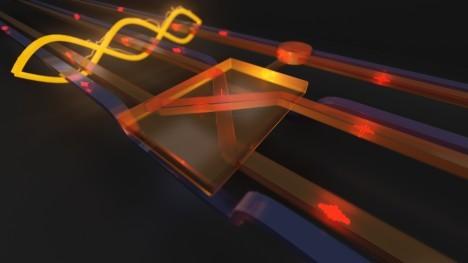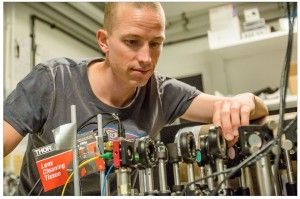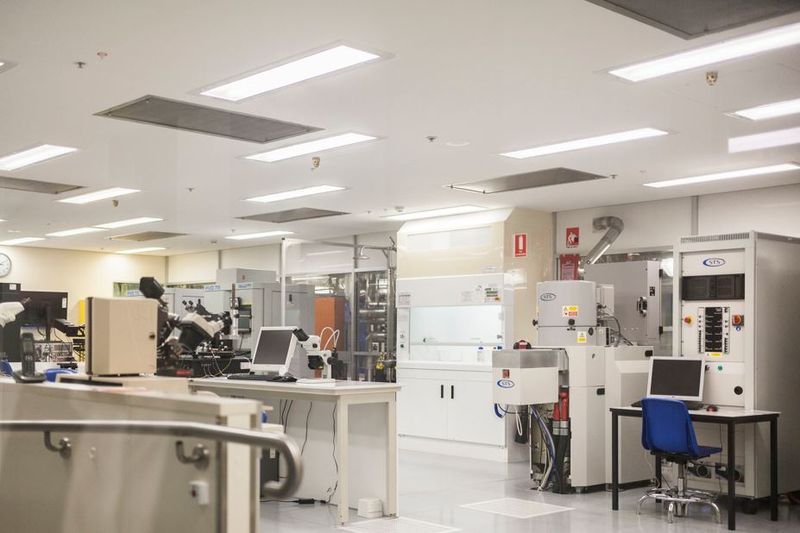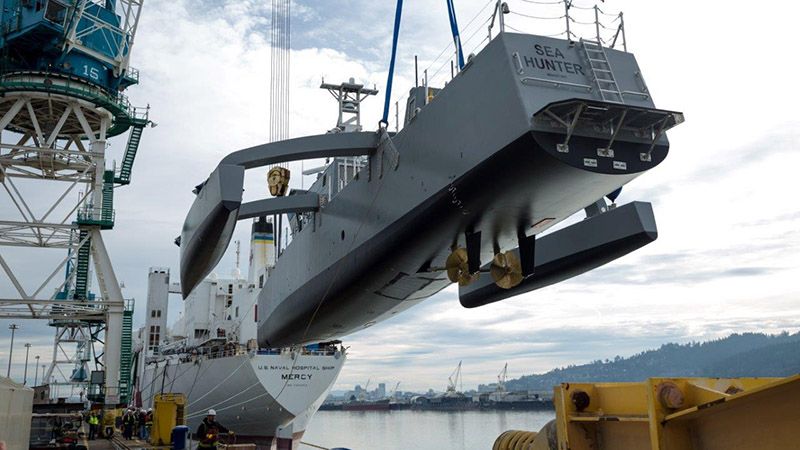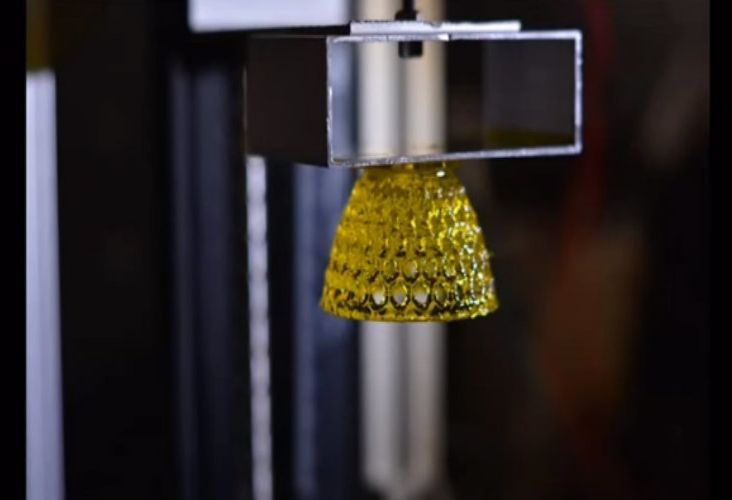Jul 18, 2016
Robot therapist hits the spot with athletes
Posted by Karen Hurst in categories: 3D printing, biotech/medical, robotics/AI
Perfect; I actually was thinking about robots as personal trainers and sparring partners for boxers. I love boxing as a workout and had thought about having a robot as a sparring partner as well as my weight/ strength training.
BTW — another concept is to build into the weight training machines AI technology to assist users. Think about if the machine sensors that the users’ muscle is about to strain that the machine takes the weight off or lightens the weight on the user of the equipment. And, if the machine senses that the person is about to have an heart attack, etc. that the equipment contacts 911, etc.
Trials of a prototype robot for sports therapy have just begun in Singapore, to create a high quality and repeatable treatment routine to improve sports recovery, reducing reliance on trained therapists.
Continue reading “Robot therapist hits the spot with athletes” »

